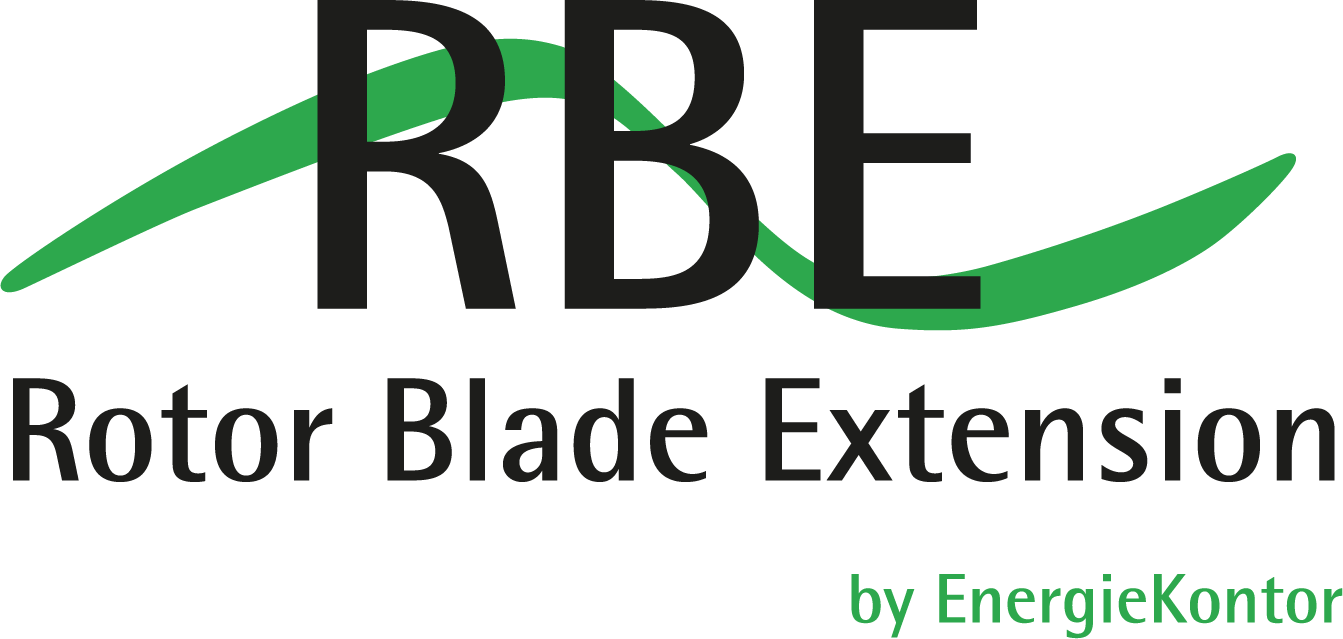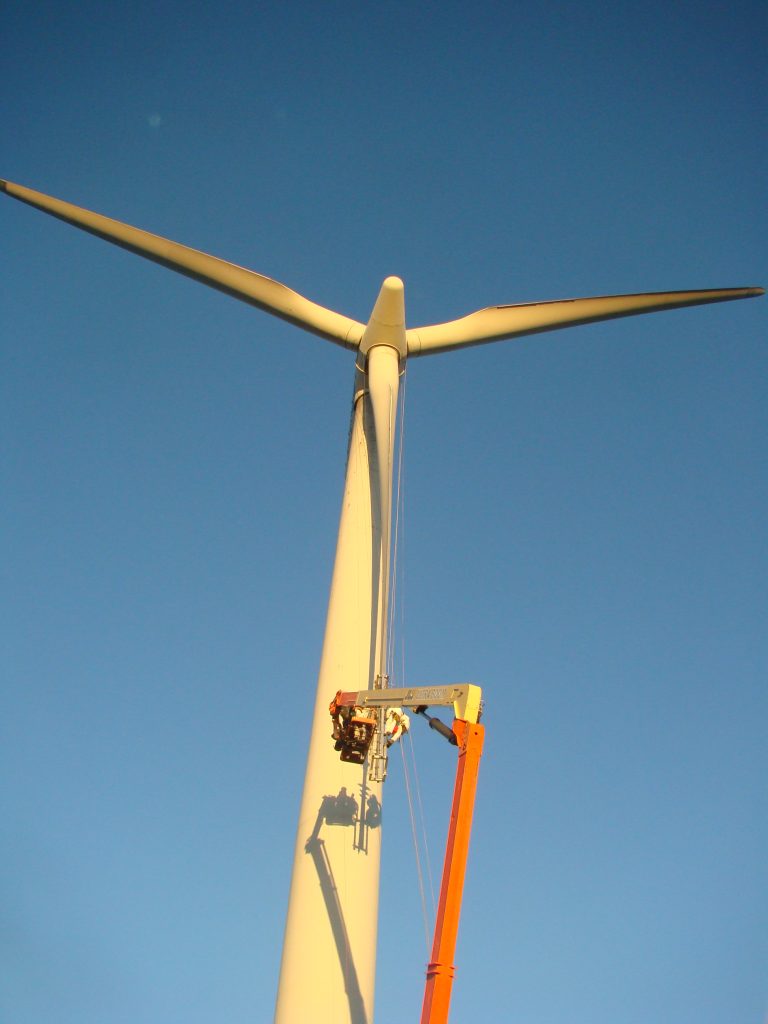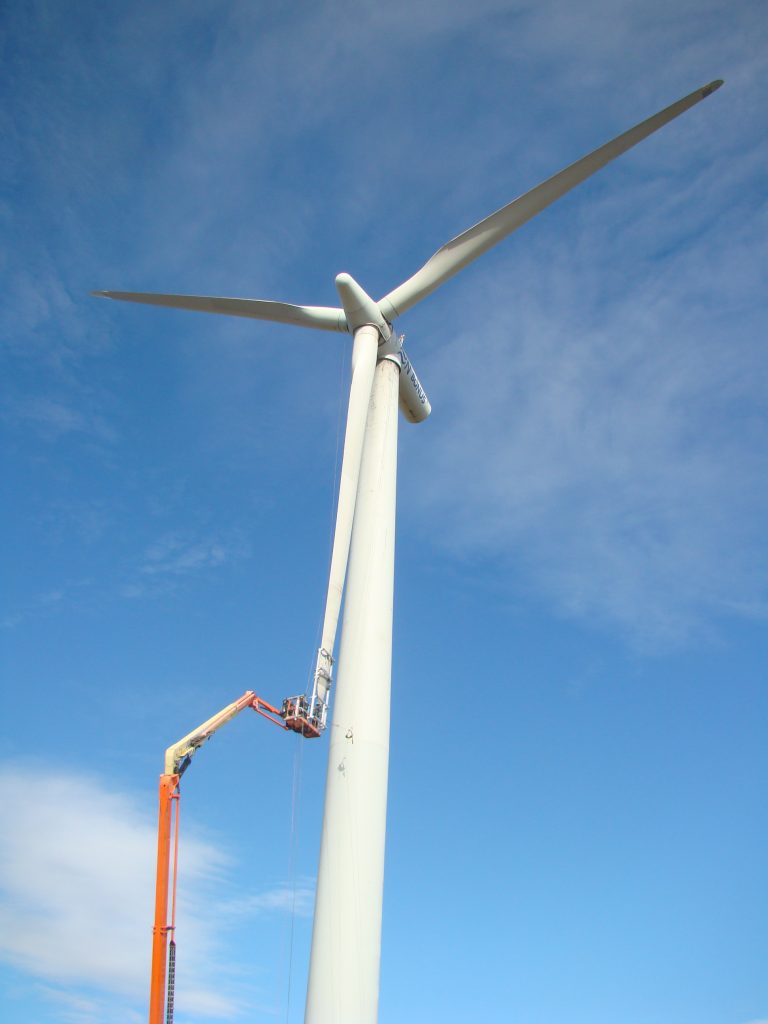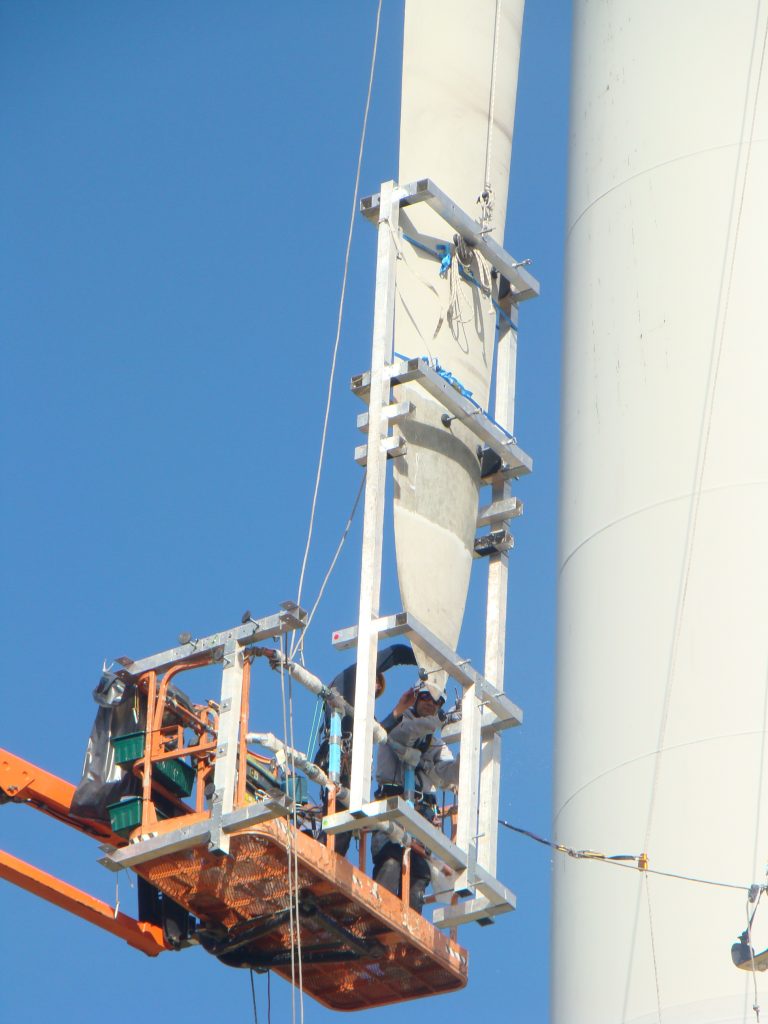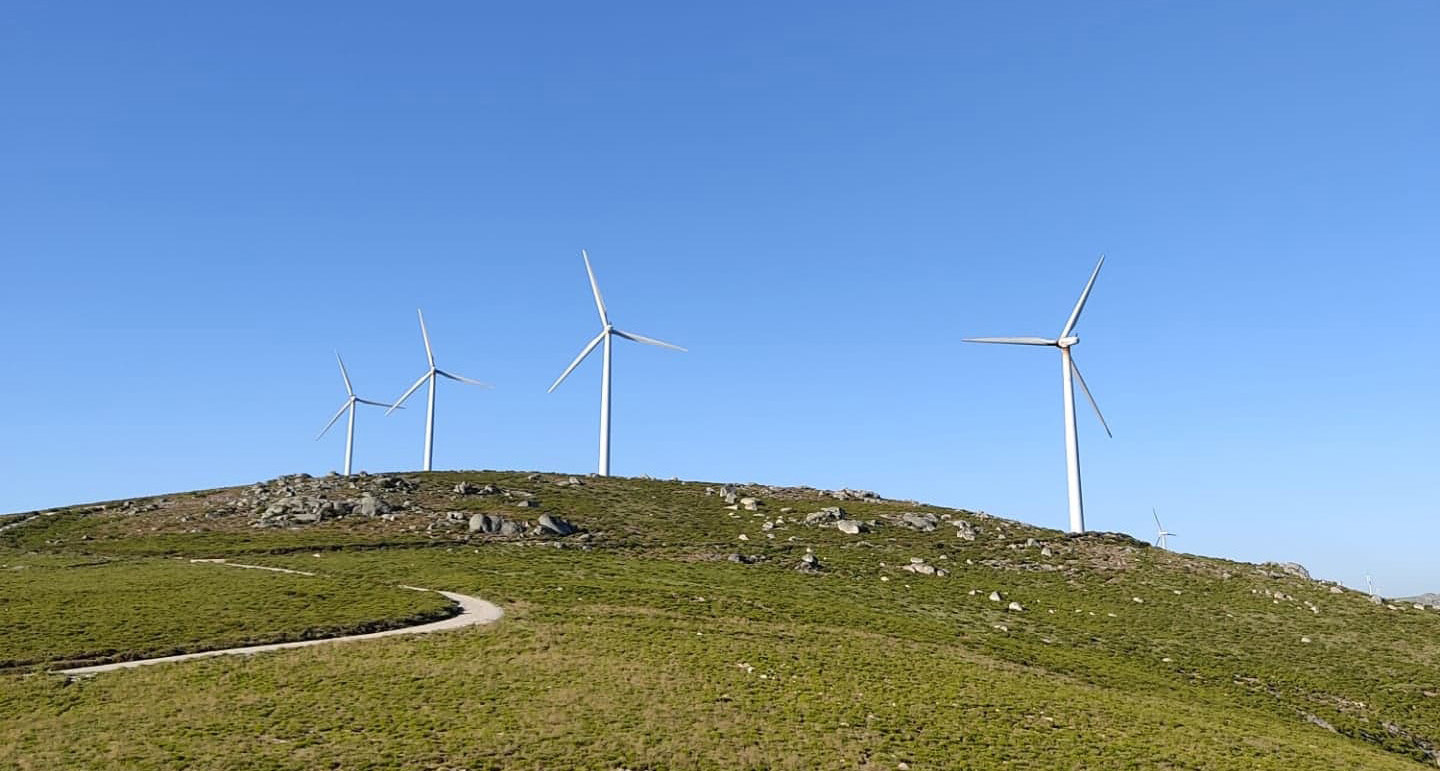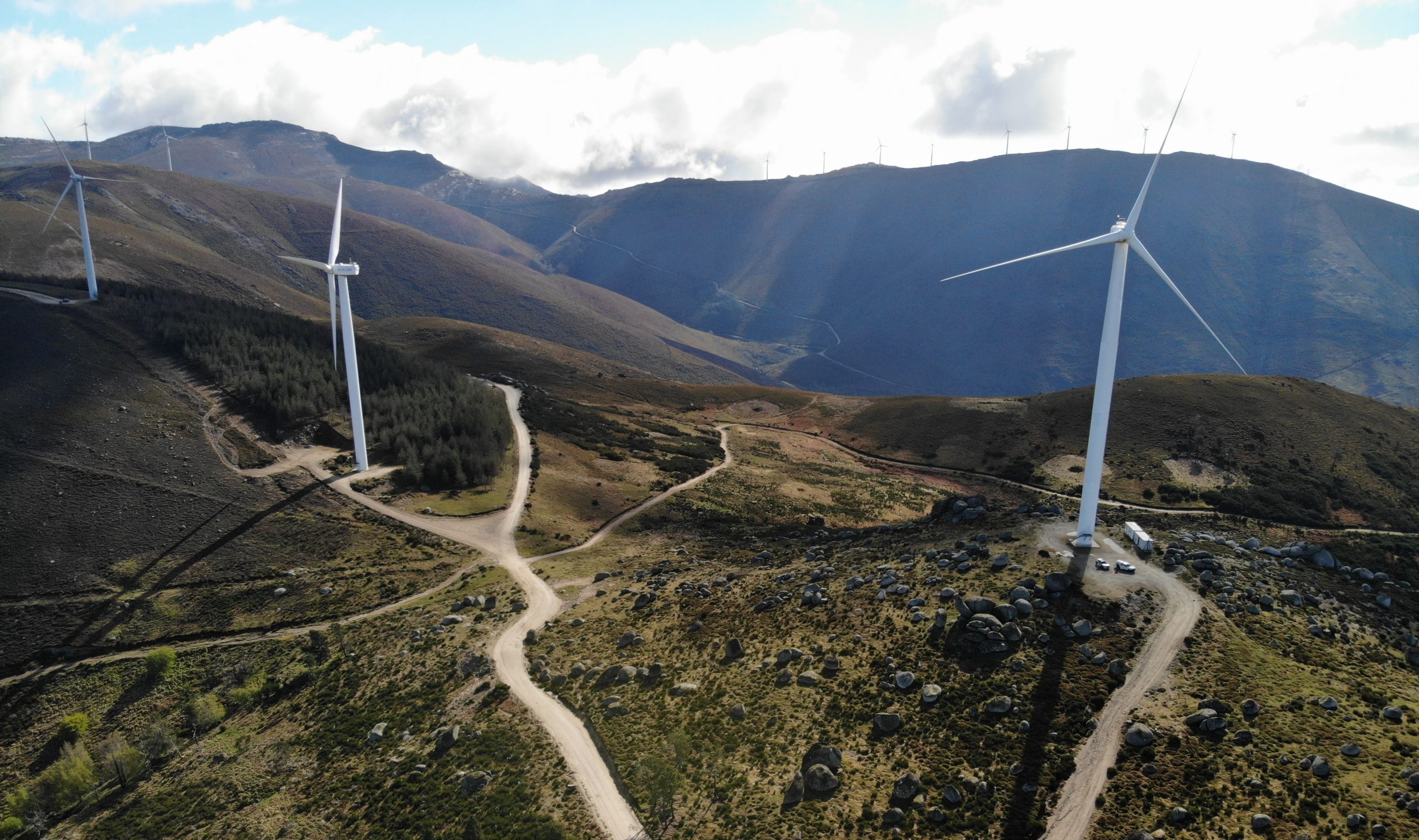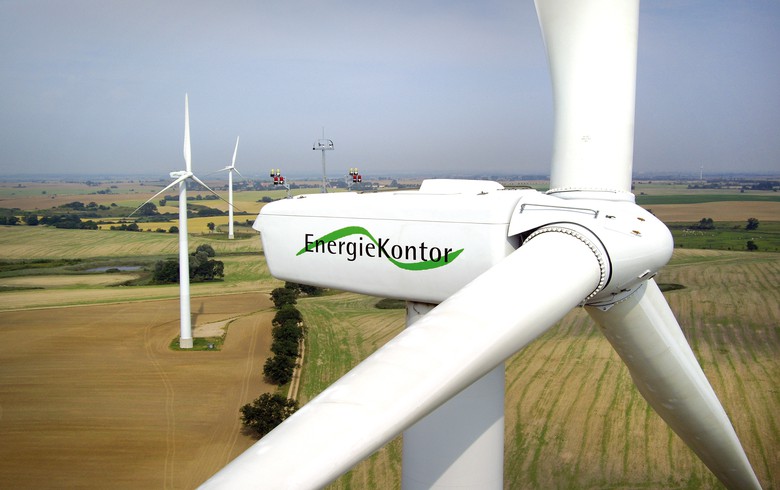Considering that the wind turbine generator (WTG) is built to withstand a certain load and a certain functional behavior, if modifications occur in the structures, it is necessary to examine its potential effects. In the case of RBE – Rotor Blade Extension, extensions of 1.5 meters are placed on the blades of wind turbines.
How can this extension increase the efforts suffered by the original equipment? It is necessary to evaluate the effects of the change in the structure.
For the measurement campaign two neighboring Bonus 54 turbines were selected and equipped with data loggers on one of the blades each. In this article will be presented the main consequences for the Rotor of the wind turbine after de RBE installation:
- Blade aging and condition
RBE is used at locations with overestimated wind conditions. Therefore, the original blades (and turbine) have generally lower loads than expected. Each blade is, nonetheless, checked for applicability prior to a modification.
- Blade angle control (active stall)
The blade angle control receives approximately 1-3% load increase, this is still within the pre-established tolerances.
- Additional loads
Despite the additional loads on the blades, the values are within tolerances.
- Sound power level
An additional noise impact exists, after the installation of the RBE, approximately 1.1 dB(A), but it is within the pre-established limits, given that the uncertainty of the calculations based on IEC 61400-11 is ± 2 dB(A).
- Lightning protection
The original lightning receptor is refitted into the new tip, in accordance to IEC 61400-24.
- Rotor’s natural frequencies
No critical changes were determined on the rotor’s natural frequencies by implementing the RBE modification.
- Rotor thrust
Due to the natural increase of the rotor thrust, because of the application of the RBE, the cut out wind speed needs to be reduced from 25 m/s to 23 m/s. Therefore the absolute highest rotor thrust available is limited to the original level. This way, the pre-defined safety is ensured.
The measurement campaign before and after the modification on the rotor blades showed similar data and behavior of both neighboring turbines which was expected.
It has been proven that RBE extra loads on the WTG are all within the parameters defined for its classification according to International Electrotechnical Commission, so the lifetime of the modified turbines is not affected. This has been proven on the project calculation and by a survey made on a prototype after 3 years of operation showing that the status of gear box as well as the rotor blade and its extension did not have additional wear apart from normal signs of wear and tear.
After the installation of the RBE on wind turbines a shorter inspection interval should be ensured, during the first year after the installation. All the possible defects can be detected by a traditional visual inspection as it is done for the original rotor blade as well, without requiring any sensors installation. The most critical points are the bonding between the tip extension and the original blade, the trailing edge and the lightning receptor.
If you would like to improve the energy production of your wind farm using a cost efficient solution, consider the Rotor Blade Extension of Energiekontor. Contact us for more information.
